
FAST FACTS Vol. 1, Issue 47 – Model Cars
Great Movie-Based Model Cars To Build with Your Child Watch a great movie on Christmas Eve, and build the model together on Christmas Day! What

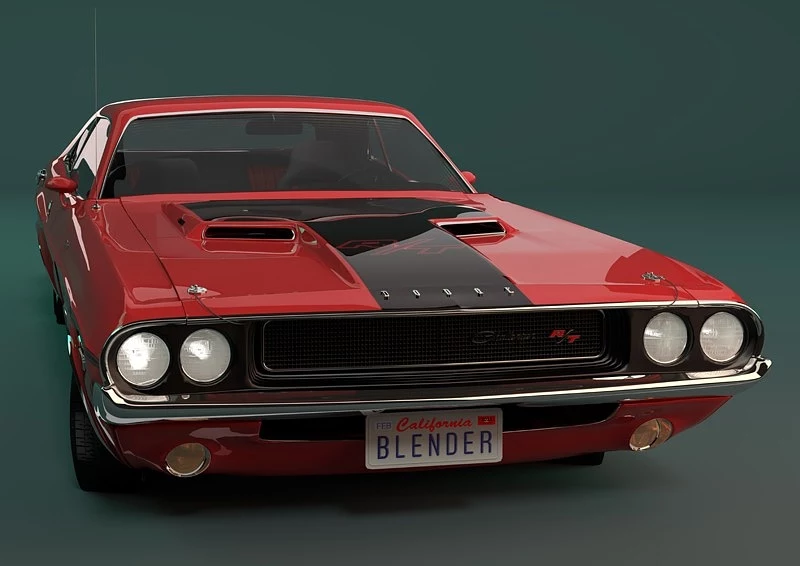
Where a 1970 Stock Challenger Took Theaters By Storm
“Honey, I’m going to have the well-respected Argos car-transport company deliver our prized 1970 Dodge Challenger R/T to San Francisco. What could go wrong?” Said no one ever, but it makes a great film plot.
And so the uber-cult film, Vanishing Point, begins.
This is the story of an ex-cop, and car racing junkie, Kowalski, turned car delivery driver, tasked with another routine job of transporting a 1970 Dodge Challenger R/T from Denver, CO to San Francisco, CA.
Along the journey, Kowalski stops for a little illicit drug boost for the drive; makes a bet with his dealer he can do it in an insane amount of time, and proceeds to engage in a non-stop car chase, (and a race with a Jaguar convertible,) for the rest of the film. For car fanatics, this is a 100-minute, high-speed pursuit movie.
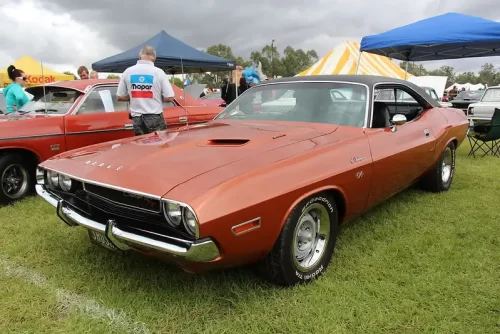
What started out as a pristine white muscle car [in the movie]… well, it wasn’t delivered in San Francisco in the same condition. (That’s pretty much the same story for the actual vehicles used by the production company.)
Five Alpine White 1970 Dodge Challenger R/Ts were lent to the production company by Chrysler, and were “mostly” returned upon completion of filming. Surprisingly they were all “stock” cars. Stunt Coordinator Carey Loftin said he requested the Dodge Challenger because of the “quality of the torsion bar suspension and for its horsepower” and felt that it was “a real sturdy, good running car.”
Four of the cars came with 440 cubic inch Magnum engines, with 4-barrel carburetors, and four-speed pistol-drip manual transmissions. The fifth was a 383 with an automatic. All had the signature “hood bulge” with locking pins.
No special equipment was added or modifications made to the cars, except for heavier-duty shock absorbers for the car that jumped over the creek. Loftin noted that parts were taken out of one car to repair another because they “really ruined a couple of those cars” while jumping ramps between highways and over creeks. It was said that the 440 engines in the cars were so powerful that it was almost too much power for the body. “You’d put it in first, gun it, and the front end would almost lift off the ground like a dragster.”
For those of us who sometimes forget, all of the driving, chases, stunts, and crashes are REAL. There were no special effects back then.
You’ll have to watch Vanishing Point to find out about the blind desert radio DJ that gives the movie Super Soul.
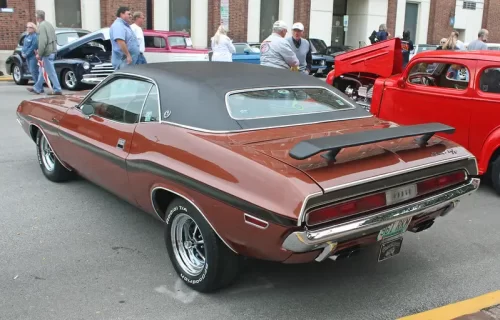

Great Movie-Based Model Cars To Build with Your Child Watch a great movie on Christmas Eve, and build the model together on Christmas Day! What
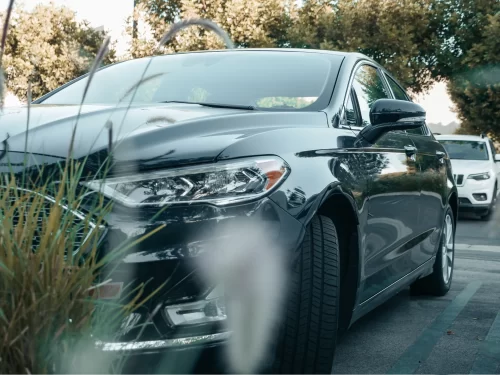
The Ford 3.5L engine is a true testament to the engineering prowess of the Ford Motor Company. Over the years, Ford engineers have continually pushed

Issue 4 • Engine & Transmission Tip Engine Noises are tough to diagnose for a mechanic because the words we use to describe them include:
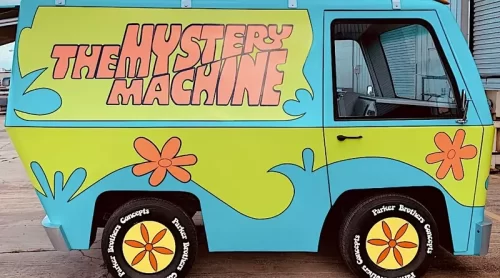
Is it a Bedford CF, a Chevy, a Ford Econoline, or a Dodge? Opinions vary. “It’s Mean. It’s Green. It’s the Mystery Machine!” The incredible

Issue 32 • Engine & Transmission Tips Get pro results turning your wheels into the super popular matte black look! You’ve got what were once
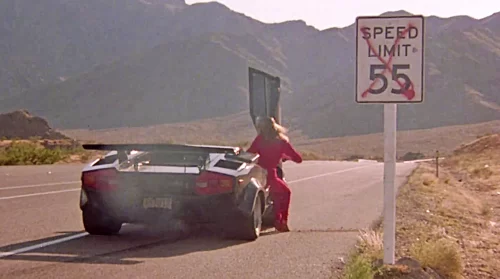
The Real Outlawed Car Race That Inspired A Real Tribute Movie America’s secret illegal grand prix turned into a hit film Best friends set off